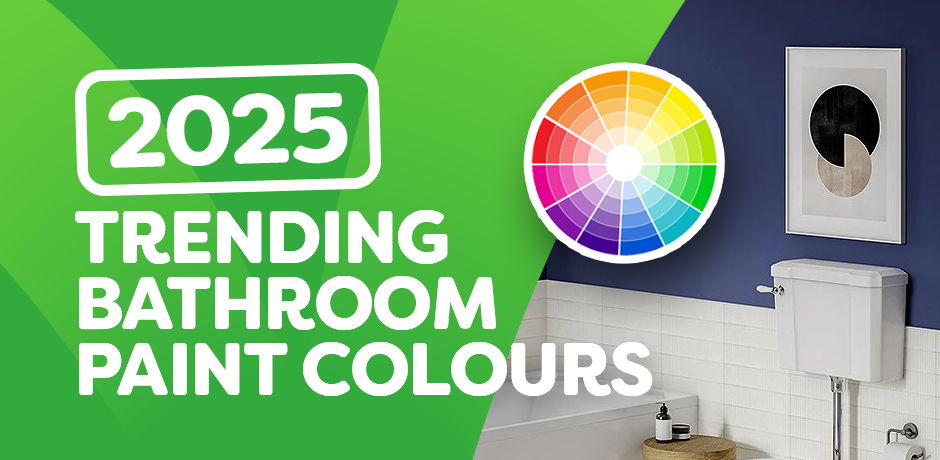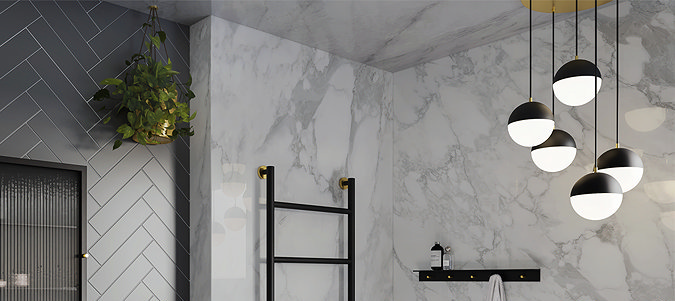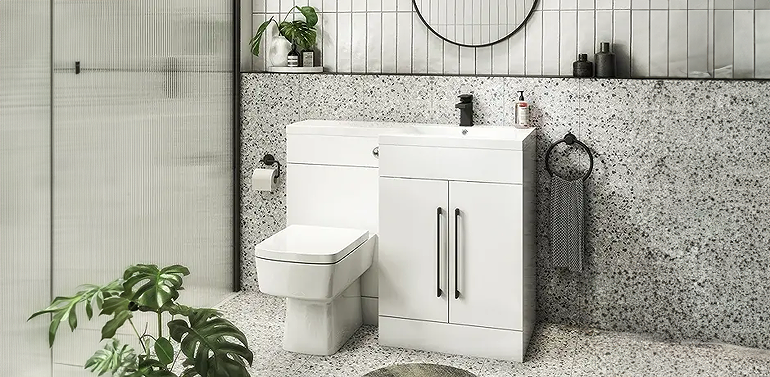EASTER OFFER: FREE DELIVERY ON ORDERS OVER £99!**
Delivery Offer Must End Soon!
how to choose the right grout colour
How to Choose the Right Grout Colour
In the excitement of embarking on a renovation project, it’s easy to forget the subtle task of choosing the right grout colour. This is why we’ve written up some tips and tricks to ensure you pick the perfect grout colour!
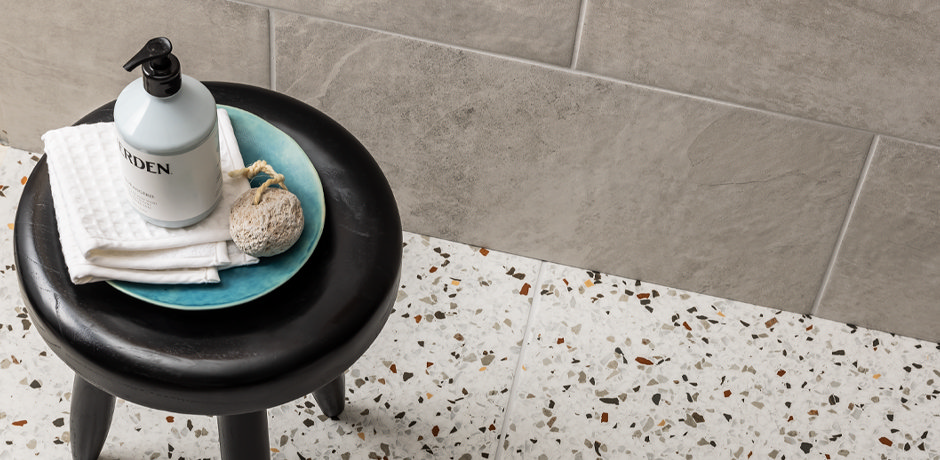
The task of choosing the colour of your grout is more important than you might think. Despite the fact that the space between tiles is usually fairly small, the colour of your grout can completely change your bathroom’s overall aesthetic.
But before we get into the tips and tricks of how to choose the right grout colour, let’s cover the basics… What exactly is grout?
Grout is a thick paste that is used to fill in the spaces between tiles. After setting, it becomes hard and waterproof and bond tiles together in your preferred arrangement. However, grout is not solely used as a tile ‘bond’ and choosing a grout colour is often considered an important design choice in a renovation process.
So let’s dive into choosing the right grout colour for your new renovation!
How to Choose the Right Grout Colour
Firstly, it’s important to establish whether you want your grout to be blatantly visible, or to camouflage into your tiles. Matching your grout and tile colours, can give you a seamless bathroom aesthetic. In fact, having a coordinating colour theme in your bathroom can help enlarge your space and can give it a cleaner, more sleek appearance.
On the other hand, grouting with colours that contrast your tile colour can create a bold, striking bathroom wall. For example, light coloured tiles with dark coloured grout can give you that industrial aesthetic, similar to the famous New York metro tiles.
One problem that often arises when grouting tiles, is that many people forget that the colour of grout can darken after it sets. This often makes it difficult to create an exact match for your grout and tiles. Particularly cement based grouts like urethane and epoxy grouts are notorious for darkening over time, so it is safe to keep this in mind while grouting.
To help you choose the right grout colour, here is a breakdown of some colours you can choose from and what aesthetic they can create in your bathroom.
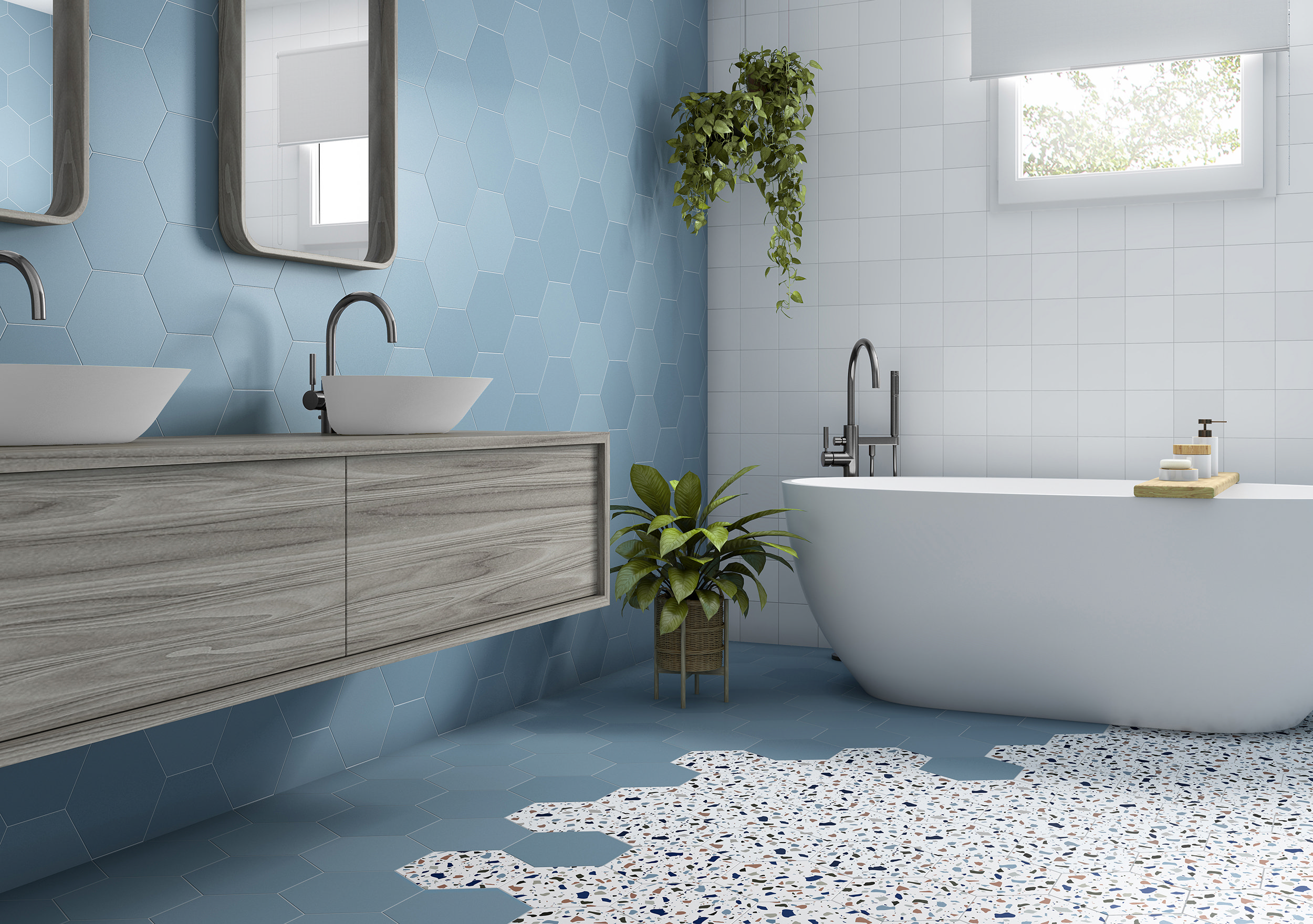
When to use white grout
White grout can be great if you intend to create a fresh, clean look in your bathroom. White grout contrasts well with dark coloured tiles and can accentuate the colour of your tiles. If you pair white grout with lighter tiles, you can create an effortless, crisp aesthetic for your bathroom.
When to use neutral grout (beige, grey, cream)
Neutral coloured grout can create stone-inspired looks that are great if you want to achieve a villa-style or Mediterranean aesthetic. This colour scheme, full of beiges, greys and cream whites, especially when paired with stone-inspired tiles, is ideal if you’re looking to perfect the ‘natural’ look in your bathroom.

When to use dark grout (black, brown)
With dark grout, you can choose to go down two routes. On one hand, you can pair dark grout with dark tiles, giving you a consistent theme throughout your bathroom. The sleek combination of dark tiles with dark grout exudes luxury and elegance. On the other hand, dark grout with lighter tiles can create a bold, contrasting look, adding depth to your space.
Grout colour rules:
- Contrasting a light tile and a dark grout, or vice versa, can create a bold, statement wall in your bathroom. It’s bold, dynamic and more industrial-looking. It can also simplify your renovation design process if you’re worried about not finding an exact colour match.
- Matching your tile and grout colour can create a cohesive and sleek look that provides your space with a more minimalist aesthetic.
- Be mindful of your grout changing colour over time by researching the ingredients in the grout brands that you look at.
- Consider maintenance when choosing a grout colour. Light grout reveals dirt easier than dark, so if you want to hide it, opt for a darker grout colour.
- Consider the shape and size of your tiles too. Certain tile shapes and styles will look different even when using the same coloured grout. To avoid disappointment, try sample testing to see how your tiles look against certain colours before installing them!
Finally, it’s crucial to remember that there is no wrong way to go about choosing a grout colour for your bathroom. Just remember to plan and consider what overall aesthetic you want to execute throughout your bathroom. If you still lack confidence with your grout colour choice, you can always consult with a professional tiler who can nudge you in the right direction!
If you’d like to read more about bathroom tile design, check out 10 Simple Steps to Stunning Bathroom Tiles. Or, if you’d like to know more about tiling itself, look at our blog on How to Tile a Bathroom Wall.
Happy Tiling!

